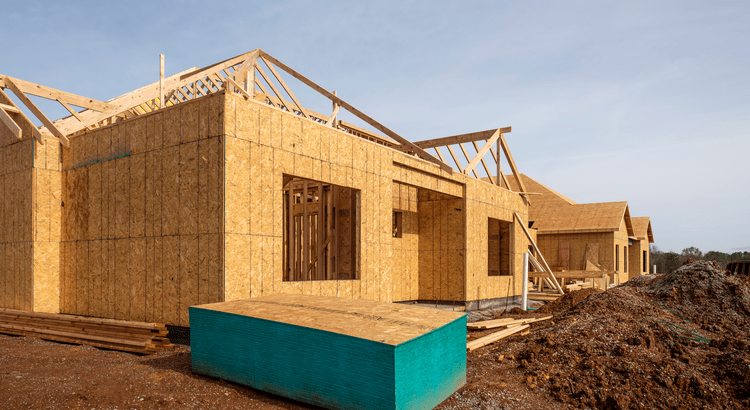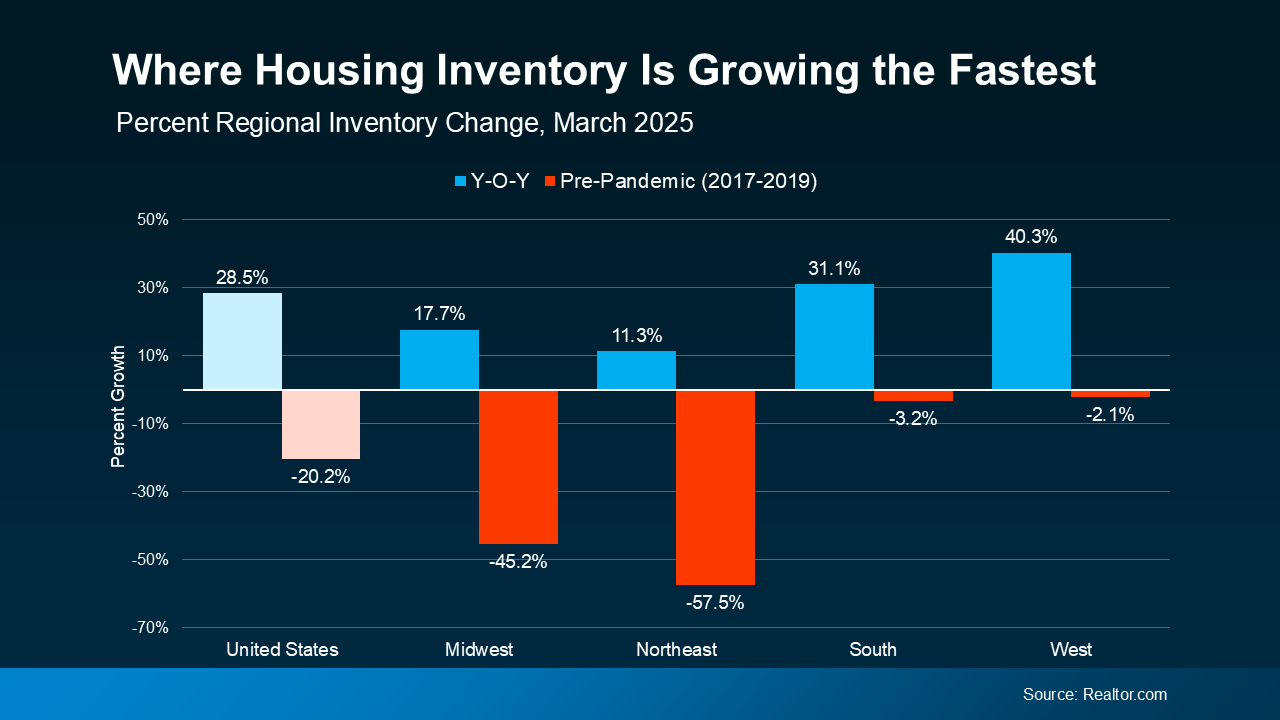A Tale of Two Housing Markets
A Tale of Two Housing Markets

The housing market was once overwhelmingly in favor of sellers—homes were selling fast and buyers had to compete hard. But now, things are shifting. While some areas still have fierce buyer competition, others are seeing homes stay on the market longer, giving buyers more flexibility.
It’s become a tale of two markets—and knowing which one you're in makes all the difference.
What’s the Difference Between a Buyer’s and Seller’s Market?
In a buyer’s market, there’s a surplus of homes for sale and fewer buyers. That means listings typically stay on the market longer, sell for less, and buyers have more negotiating power.
In a seller’s market, there’s a shortage of homes compared to the number of buyers. Homes sell quickly, often attract multiple offers, and prices rise as buyers compete.
The Market Is Leveling Out
For years, most areas leaned heavily in favor of sellers. This made it especially challenging for first-time buyers. Now, however, the market is starting to even out. According to Zillow, the national housing market is trending toward balance—giving both buyers and sellers opportunities to succeed.
The index shown in the graph reflects whether the housing market leans toward buyers, sellers, or remains neutral—essentially indicating who has more leverage. It ranges from 0 to 100, with higher numbers signaling a stronger advantage for sellers.
The orange bars represent the peak seller’s market period, especially from 2020 through early 2022. Since then, the market has gradually shifted. Now, most recent readings (shown in gray) fall in a more neutral zone, meaning buyers are beginning to regain some negotiating power.
In a neutral market, homes usually take longer to sell, bidding wars happen less often, and sellers may need to make concessions such as lowering prices or covering closing costs. This change opens more opportunities for today’s buyers.
What’s Driving the Shift?
Inventory is a key factor. When more homes are available, buyers have more options—slowing down price growth. According to Realtor.com, this inventory growth isn’t happening evenly across all regions (see graph below).
Recent inventory changes tell a regional story: the South and West have seen major increases in homes for sale over the past year (as shown by the blue bars). Both regions are approaching pre-pandemic inventory levels, which is why buyer’s markets are becoming more common there.
In contrast, the Northeast and Midwest still have much lower inventory compared to 2017–2019 (highlighted by the tall red bars). Because fewer homes are available, these areas are holding onto their status as seller’s markets for now.
What This Means for You
Housing conditions vary significantly from one region to another—even from one neighborhood to the next. National news gives the broad picture, but your local market may tell a different story entirely.
Understanding whether you're in a buyer’s or seller’s market is key to making confident decisions. That’s where local real estate agents come in.
As Zillow puts it:
“Agents are experts on their local markets and can craft buying or selling strategies tailored to local market conditions.”
With local knowledge and expert strategy, a trusted agent can help you navigate buyer competition, uncover off-market listings, price your home appropriately, and negotiate with an edge—no matter where the market stands.
Bottom Line
If you’re planning a move or just starting to think about one, let’s chat. I’d love to help you understand our local market and map out a personalized plan for success.
What’s something you’ve been wondering about in our local housing market?
Categories
Recent Posts












